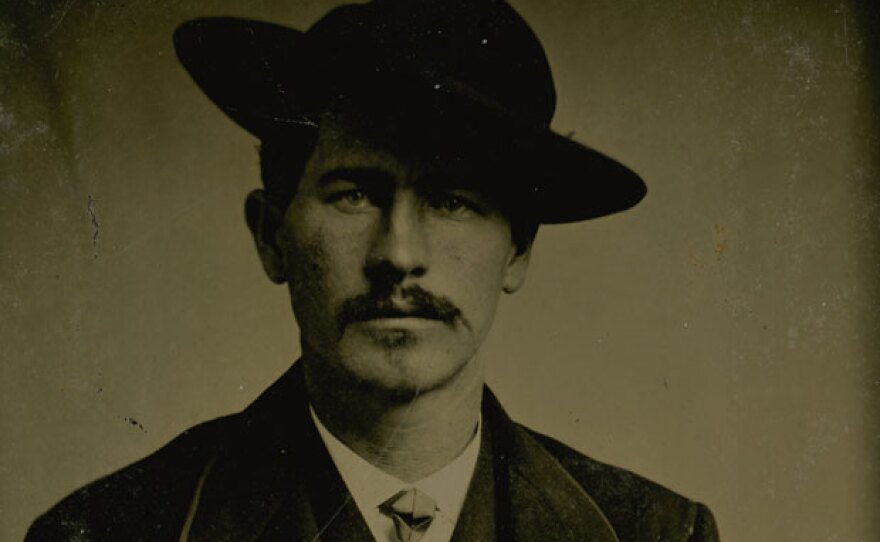When San Francisco’s own Devin Haney takes on Regis Prograis at the Chase Center on Saturday night, it will be the biggest prizefight in The Golden City since Floyd Mayweather defeated Jesus Chavez to retain a 130-pound title in November 2001. (On the undercard that day: an up-and-coming young Filipino named Manny Pacquiao, just one fight removed from his coming-out party against Lehlo Ledwaba, who had to settle for a technical draw against Agapito Sanchez.)
Not that the Bay Area has been without pugilistic action in the 22 years since. Andre Ward fought twice in his native Oakland in 2016, for example, dispatching Sullivan Barrera and Alexander Brand in his final two outings before closing out his career with a pair of wins over Sergey Kovalev. By and large, however, the City by the Bay is far from the top of the list of Great American Fight Towns in the 21st century.
There was a time, however, when San Francisco’s place in the boxing firmament was altogether more celebrated. Indeed, 127 years ago this week, it played host to one of the most controversial heavyweight title fights of boxing’s pioneer period.
San Francisco had, until recently, been home to the heavyweight champion – James J. Corbett, “Gentleman Jim,” who had defeated John L. Sullivan to take the title in 1892. He had retired in 1895, leading to Bob Fitzsimmons being generally recognized as the champion, until Corbett decided to renege on his retirement and reassert his claim to the crown. Even so, Fitzsimmons’ December 2, 1896, battle with Tom Sharkey was billed as a defense of the heavyweight belt; but as morning dawned on fight day, the bout’s promoters had a problem: they couldn’t find a referee. Fitzsimmons’ manager had rejected every suggestion they put forward, concerned about the possibility of a fix; and so, in desperation, promoters J.J. Groom and John Gibbs turned to a man whose probity they felt confident couldn’t be questioned.
His name was Wyatt Earp.
Fifteen years earlier, Earp, his brothers Morgan and Virgil, and his friend Doc Holliday, had been participants in what would subsequently become probably the most famous shoot-out in history, known to us today as the Gunfight at the O.K. Corral. The gunfight, in Tombstone, Arizona, had left three people dead; in revenge, the dead men’s allies assassinated Morgan and severely wounded Virgil, prompting Wyatt, Holliday and others to set out on a “Vendetta Ride” in an attempt to kill them all. Pursued by a sheriff’s posse, Earp left Arizona, stopping variously in Idaho, Colorado, and San Diego, before finding himself in Sam Francisco, where he took a position as head of security for the Hearst family, publishers of the San Francisco Examiner.
Groom and Gibbs figured he would be the perfect person to take charge of the fight, but he initially resisted before advising them that he would be dining that evening at Goodfellow’s Restaurant, across the street from the Mechanics’ Pavilion where the fight would be held. If they couldn’t find anyone else in the interim, he promised, then he would take them up on their offer.
And so it was that Earp stepped between the ropes that evening to referee a contest for the heavyweight championship of the world. But his evening got off to a poor start when he removed his topcoat to reveal a Colt 45 tucked in his waistband. A policeman immediately disarmed him, a humiliation for a man who would become an icon of the Old West.
Unfortunately for Earp, his night would only get worse.
Once the action began, Fitzsimmons was in complete control; then, in the eighth round, he felled Sharkey with his trademark right hand to the solar plexus, and his opponent stayed down for the count. Earp, however, determined that the punch had strayed low and promptly disqualified Fitzsimmons, to the fury of the crowd. Uproar ensued, with the Hearst Company’s rival newspapers wasting no opportunity to twist the knife in the wound, mocking Earp relentlessly and casting doubt on his integrity. The controversy became so all-consuming that Earp left town, heading to Alaska in an unsuccessful attempt to make a fortune as a gold prospector before returning to California to spend his twilight years in Los Angeles.
Earp was the only participant in the Gunfight at the OK Corral to escape unharmed. He survived the Vendetta Ride, even as he and his cohorts killed three more men. He would later become celebrated as an icon of the Old West. But the one foe that bested him, as it would best many others in the century and more since, was boxing. When he died in 1929, he was as well known for his controversial outing as a referee as for his adventures in Tombstone.
The following year, Fitzsimmons and Corbett met to establish an undisputed heavyweight champion. Fitzsimmons won the fight when he dropped Corbett for the count in the fourteenth round. The conclusive blow was his patented punch to the solar plexus.

